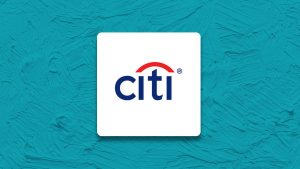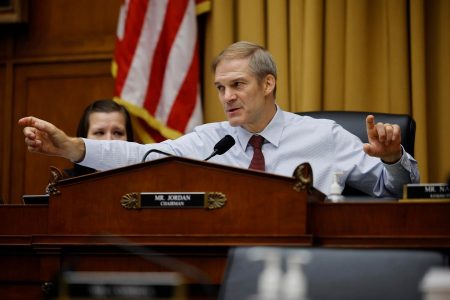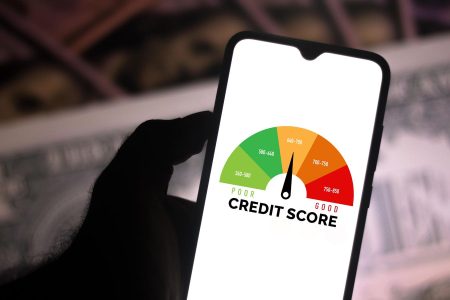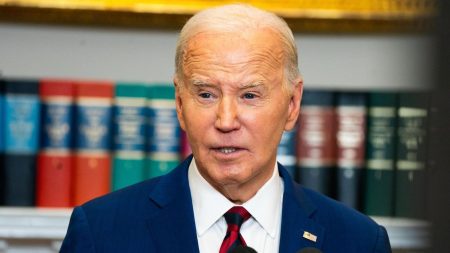At the tender age of thirty, I sold my first business and was financially independent.
And I hated it.
I went from waking up with purpose to waking up adrift. I wasn’t the type of person who threw myself into my work, but I enjoyed it. I liked being productive, making money, and being cashflow positive.
Despite being only thirty, I was going through the four phases of retirement.
Retiring early doesn’t mean the end of productive work. The common path for many Americans is to work until you’re in your sixties, then retire.
But there are plenty of folks who retire earlier than that. Many of these people are forced into retirement – they’re known as athletes.
For years, their main focus was their sport, and then, in an instant, their playing days are over. For many, this happens after high school or college. For an elite few, it’s after several years of professional play or Olympic-level competition. However, athletes all retire and must face this transition, usually at a chronologically young age.
But age doesn’t matter in this transition. The four phases will occur to anyone experiencing a significant career shift, whether at 30, 40, 50, or 60.
And while there’s much ink spilled about financial preparation, not as much is written about the psychological preparation needed to retire.
I didn’t navigate this period well at all. I didn’t have a map, so I fumbled through it like many others. I started a few other businesses and would eventually start one that was very similar to my first business. Rather than go through the phases of retirement, I found a way to reverse it so I didn’t have to deal with it.
When you’re 30, that’s a fine solution. But when I face this again in my later years, I will take a different approach and one armed with the knowledge I learned in watching a TED talk by Dr. Riley Moynes titled The 4 phases of retirement. As of this writing, the 13-minute video has been viewed 2.6 million times. I’ve watched it over five times.
Dr. Moynes outlines a map of the four phases of retirement. Knowing this will better prepare me for what’s to come.
Phase 1: The Vacation Phase
In this phase, you are on vacation. There is no set routine. You wake up when you want to, you sleep when you want to, and you do whatever you feel like doing.
This is the phase everyone envisions when they think of an ideal retirement. Endless golf and breakfast mimosas. Playing with grandkids. Sitting on the beach. Doing whatever it is that you love to do on vacations.
Dr. Moynes says this phase lasts about a year, but it will start to get boring. When this happens, you’ve already moved into Phase 2.
Phase 2: The Feeling Lost Phase
In this phase, you recognize significant loss. Dr. Moynes says you lose “The Big 5” – a loss of routine, of identity, of relationships (at work), of purpose, and of power.
You also may face “the 3 D’s” – divorce, depression, and decline in physical and mental ability as a result.
The combined effect of these losses can be traumatic and difficult to navigate. Eventually, you realize you must push through and move on because living this way cannot be how the rest of your retirement goes.
Enter Phase 3.
Phase 3: The Trial and Error Phase
In this phase, you search for ways to give your life meaning again. It’s about trying new things, finding ways to contribute to society again, and seeing what society will want from you.
It can lead to disappointment as you try things that don’t work out, but it’s also an exciting period of re-discovery. It’s not an easy time, but it’s easier to navigate if you’re mentally prepared.
And Dr. Moynes says that not everyone breaks through to Phase 4, but the ones that do are the happiest people he’s ever met.
Phase 4: The Reinvest and Rewire Phase
If you can break through into Phase 4, that means you’ve been able to discover something that is meaningful to you and gives you a sense of accomplishment. This is the hardest phase to enter because it requires a lot of trial and error.
Fortunately, Dr. Moynes has some advice. He’s learned that for many, finding this purpose involves service to others.
One theme I’ve teased out of his suggestions is that you get paid in purpose and pride rather than dollars. Another is that you build a new community and new friendships based on shared goals rather than a shared employer. Finally, it’s a way to keep mentally sharp with new challenges and activities.
When we think about why we work, the big reason is money, but a close second is the trio of autonomy, mastery, and purpose. These are some things we seek in retirement, even when we don’t necessarily need more money.
Having seen several people in my family retire, I’ve recognized parts of these phases, and Phase 2 is truly scary. Many of these people were quite accomplished in their professional lives, and seeing them listless is quite jarring.
If you know someone going through the process, pass along Dr. Moynes’s TED talk because it might show them the way forward.
Read the full article here










